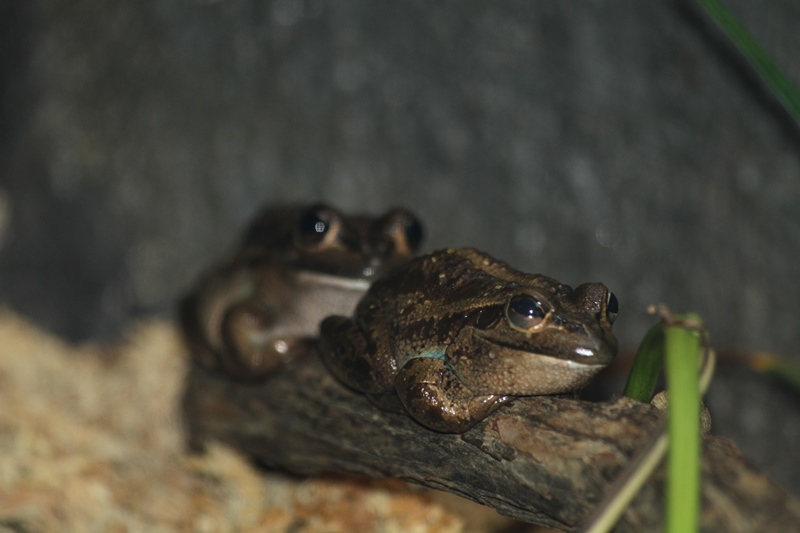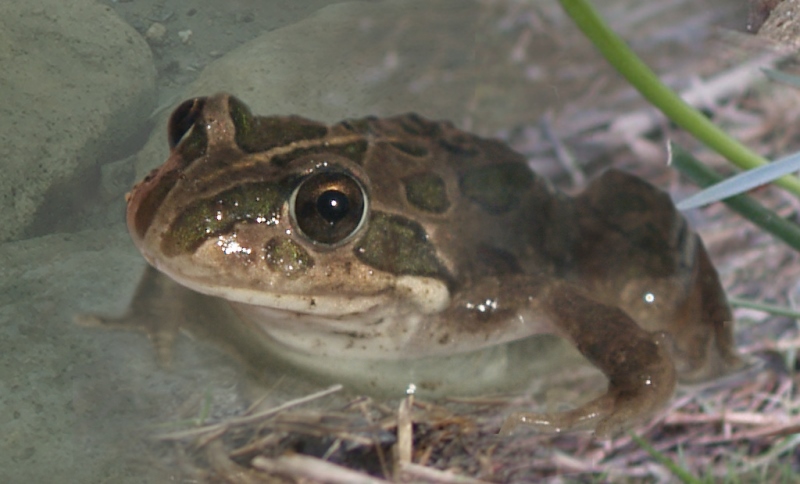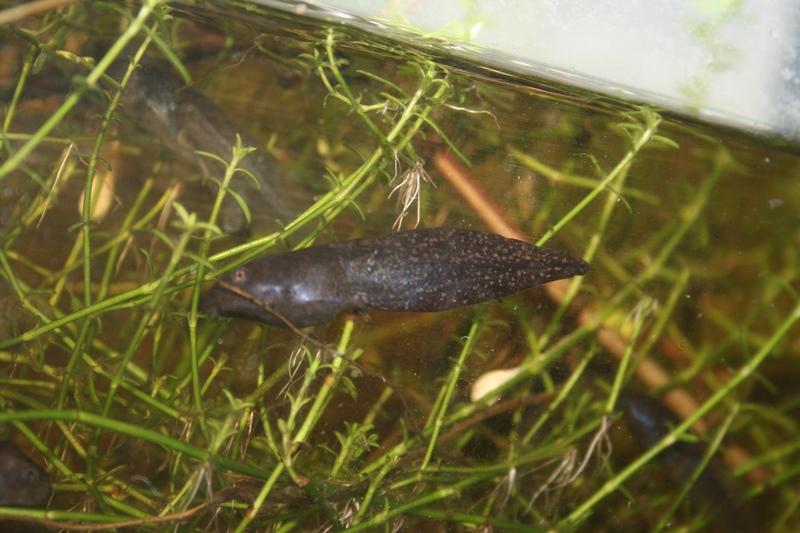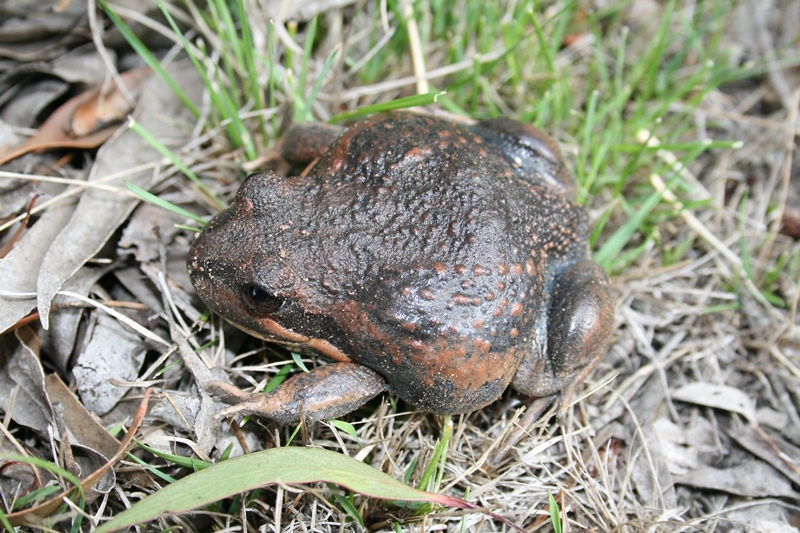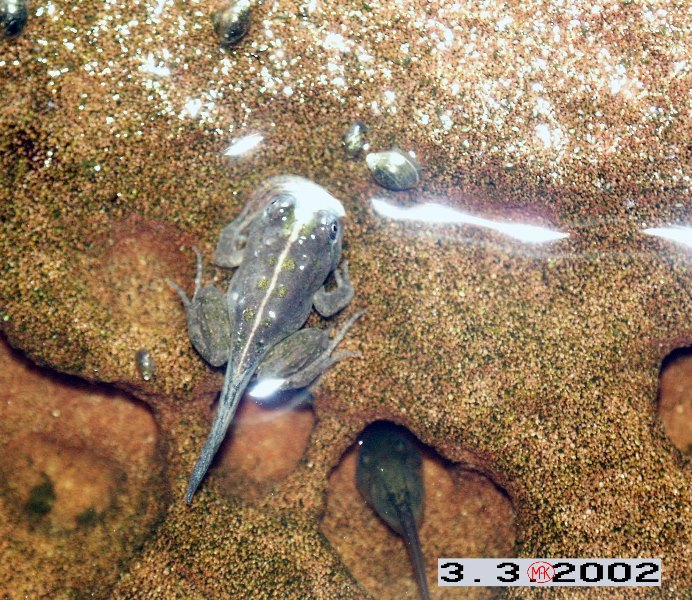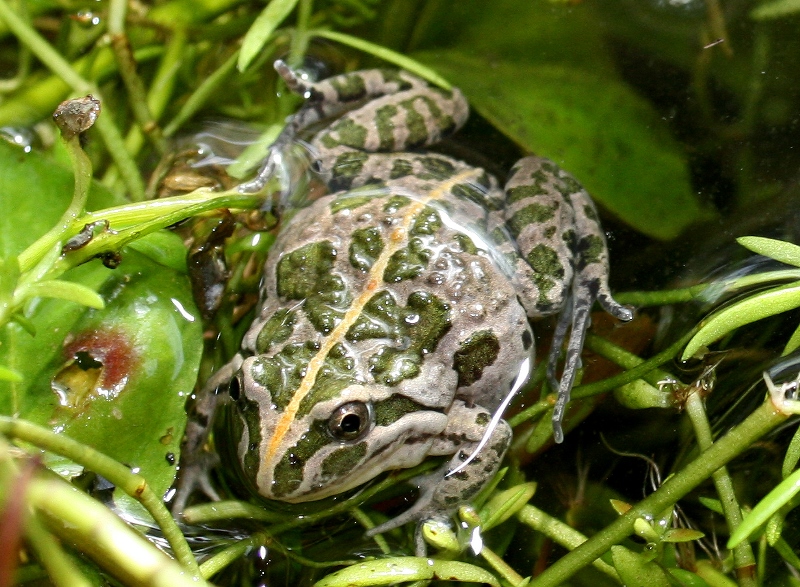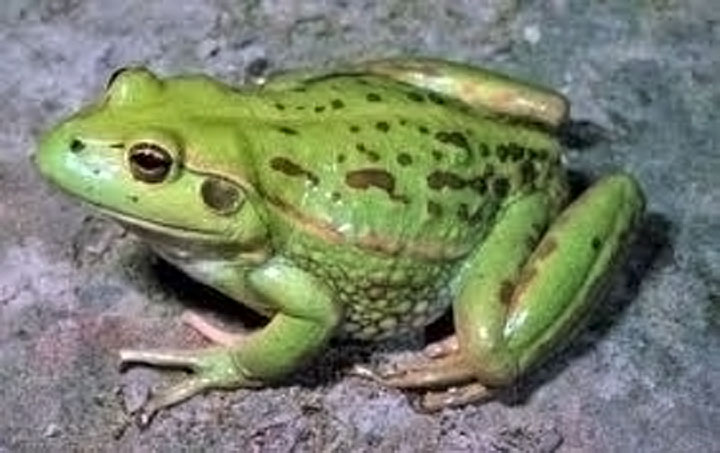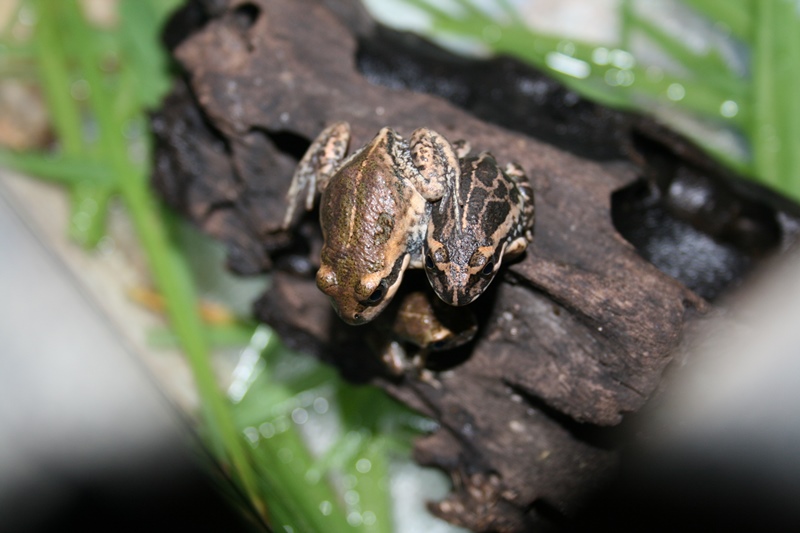Frogs are accurate indicators of environmental stress. The Geelong region is home to 10 species of frog which are on the decline. Frogs eat large quantities of insects, whilst tadpoles keep waterways clean by feeding on algae. Planting a garden that attracts frogs is good for the species and the environment.
Frogs need shelter, food, and a source of moisture to breed, but does not need all of these in one location. Tadpoles and frogs have protected wildlife and may not be collected from the wild. Why not help our local frogs and plant a frog garden?
Tips for designing a frog garden:
- Pond site should be part shady and not directly under trees.
- Pond should be spoon shaped with shallow sloping walls so the frogs can enter and exit.
- Pond floor should be covered with washed sand or gravel.
- Small native fish are best in the pond to prevent tadpoles from being eaten.
- Plant local native plants; short dense vegetation around edges to allow light and cover, and taller shrubs further away from the edge.
- Logs and rocks around the garden provide hiding places for frogs.
- Be patient, frogs can take up to 2 years to move into your pond.
Local indigenous plants for a frog garden:
- Kangaroo Grass – Themeda triandra
- Wallaby Grass – Rytidosperma caespitosum
- Flax Lily – Dianalla revoluta
- Coast Flax Lilly – Dianalla brevicaulis
- Knobby Club Rush – Ficinia nodosa
- Spiny Mat Rush – Lomandra longifolia
- Water Fern – Azolla filiculoides
- Hop Goodenia – Goodenia ovata
- Streaked- Arrow Grass – Triglochin striatum
- Clivia (non-indigenous)
- Bromeliad (non-indigenous)
Did you know?
- Frogs are amphibians living on land and water.
- Frogs start their life as an egg in a jelly capsule turning into a tadpole which
- Frogs breathe through gills like a fish.
- Frogs have excellent hearing and vision, seeing forward, backward and upwards.
- Frogs close their eyes using their eyeballs to push food down their throats.
- Some frogs are said to travel up to a kilometre in 24 hours.
- Only male frogs call.
